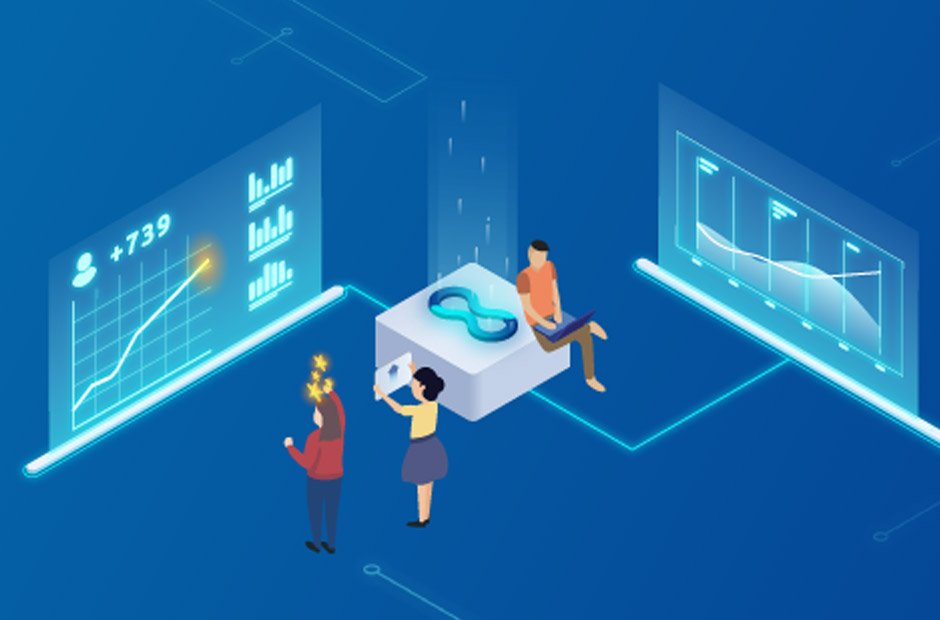Digital Experience Monitoring (DEM) monitors and analyzes the quality of a user’s experience when interacting with digital services, applications, and websites. DEM includes a range of technologies and techniques used to measure digital systems’ performance, availability, and responsiveness and identify and diagnose issues that may be impacting the user experience.
DEM collects data from various sources. This data is then analyzed using a range of tools and techniques to provide insights into the performance of digital systems. For example, network traffic data can be used to identify network latency issues that may impact user experience, while application log data can identify errors or performance bottlenecks in the application code.
Another vital aspect of DEM is synthetic transactions, automated tests that simulate user interactions with digital systems. These tests can measure the response time and availability of digital systems and identify issues that may be impacting the user experience. Synthetic transactions can be run regularly to provide ongoing monitoring of digital systems and can be used to identify issues before they impact users.
How Digital Experience Monitoring Helps Companies
Digital Experience Monitoring (DEM) is critical to modern business operations. By monitoring and analyzing the performance, availability, and responsiveness of digital systems, DEM helps businesses ensure that their systems deliver a high-quality user experience. Let’s explore how DEM can benefit companies, and we’ll discuss some of the key tools and techniques used in DEM.
Insights Into Digital Systems
DEM analyzes data collected from various sources providing users with a detailed view of their system and giving insights into their performance. Developers can use this information to improve system performance and availability.
Developers Can Perform User Experience Testing
Another critical benefit of DEM is enabling businesses to test the user experience. User experience testing involves simulating user interactions with digital systems to measure the responsiveness and usability of those systems. By using UX testing tools to perform user experience testing, businesses can identify issues impacting the user experience and take corrective action to improve system performance and availability.
Helps Organizations Optimize For Performance And Scale
Another benefit of end-user experience monitoring is that it can help businesses to optimize their digital systems for performance and scalability. By collecting and analyzing system performance and usage data, companies can identify areas where performance may be improved and take corrective action to optimize system performance and scalability.
For example, businesses may use load-testing tools to simulate heavy user traffic to identify potential performance bottlenecks in their systems. By identifying these bottlenecks, companies can take corrective action to improve system performance and ensure their systems can handle heavy user traffic without impacting the user experience.
DEM Helps Reduce Downtime
In addition to improving system performance and scalability, DEM can help businesses reduce downtime and improve system availability. By monitoring the performance and availability of digital systems in real-time, companies can identify issues impacting system availability and take corrective action to minimize downtime and ensure that their systems remain available to users.
Businesses may use alerting tools to notify IT teams of potential system issues, in real time, allowing them to take corrective action before those issues impact the user experience. By ensuring that their systems remain available and responsive to users, businesses can build trust and drive increased engagement and revenue.
It Improves Customer Service And Support
By monitoring the performance and availability of digital systems, businesses can identify issues impacting users and proactively reach out to those users to offer assistance and support.
If a user experiences slow load times or other issues, businesses can use real-time monitoring tools to identify those issues and reach out to the user with personalized support and assistance.
DEM Helps Beat Competition
DEM can help businesses compete better. By monitoring and analyzing the performance of digital systems, businesses can identify areas where they may be falling behind competitors and can take corrective action to improve their systems and stay ahead of the competition.
If a competitor offers a faster, more responsive digital system, businesses can use DEM tools to identify areas where their systems may be falling short and can take corrective action to improve system performance and responsiveness.
It Can Improve The Overall Digital Strategy
Finally, DEM can help businesses improve their digital strategy and operations. Businesses can identify typical user behavior and optimize their digital strategy and operations by analyzing system performance and data usage.
For example, if data shows that users are more likely to engage with digital systems on mobile devices, businesses can optimize their systems for mobile devices to drive increased engagement and revenue. By using data to drive digital strategy and operations, businesses can ensure that they deliver a high-quality user experience that meets the needs of their users.
Conclusion
DEM is a critical component of modern business operations. By monitoring and analyzing digital systems’ performance, availability, and responsiveness, businesses can gain insights into system performance, identify issues that may be impacting the user experience, and take corrective action to improve system performance and availability. Businesses get a comprehensive view of digital systems using tools and techniques such as user experience testing, load testing, and alerting, ensuring a high-quality user experience.
Organizations also leverage DEM solutions like HeadSpin to help with their testing needs. HeadSpin lets users connect to real devices and gives them access to various APIs; these APIs can help identify issues with UX. The HeadSpin AI gives insights to help address issues so developers can create successful apps.
















